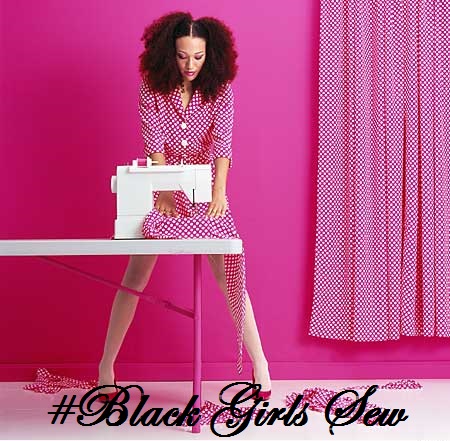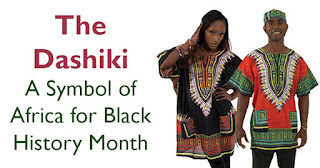Dashiki Fabric(s) 101
A Dashiki is a loose fitting, brightly colored garment associated with African culture. It is also associated with the counterculture of the 1960s in the United States. The most popular styles cover the top half of the body. It originated in West Africa. A common form is a loose-fitting pullover garment, with an ornate V-shaped collar. It often has an embroidered neck and sleeve lines. There are both casual and formal versions.
LadySmith Black Mambazo
In the United States, the Dashiki became popular during the 1960’s as African-Americans were embracing their African heritage and promoting Black pride. As a unisex garment, both men and women wear the Dashiki during Black History Month, Kwanzaa, and other Afrocentric cultural events. In recent years, the Angelina print has become part of essential street wear attire, thanks to celebrities being captured rocking the lovely print.
Eldridge Cleaver of the Black Panther Party (1960s) and Malcolm X wearing Dashikis
Like the Nsu Bura print, the iconic Dashiki print was created by a Vlisco textile designer. Toon van de Manakker based the design of the print on the 19th century Ethiopian noblewoman’s tunic. The print is widely worn in West Africa, in countries like Nigeria, Togo, Benin and Ghana. The word “danshiki” means “shirt” in Yoruba, a major language spoken in Nigeria by the Kwa people.
The Dashiki has come to be commonly known as the Angelina print. When the print's popularity peeked in the 1970s, the highlife song “Angelina” by Ghanaian artists Sweet Talks & A.B. Crentsil frequently played on the radio.
Celebs in Dashikis: Amandla Stenberg, Chris Brown, Zendaya, Rihanna,
Jhené Aiko and Beyoncé.


















